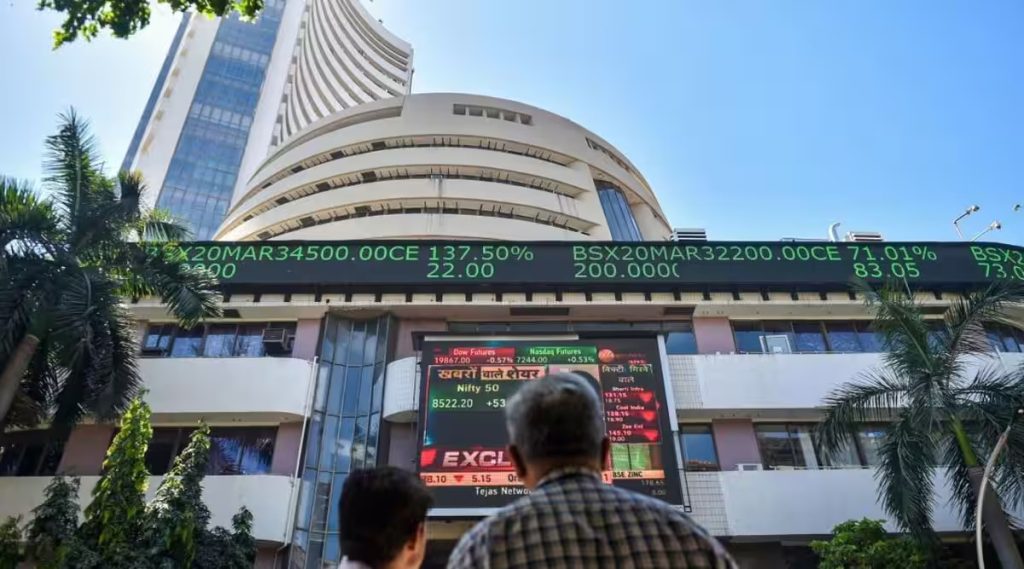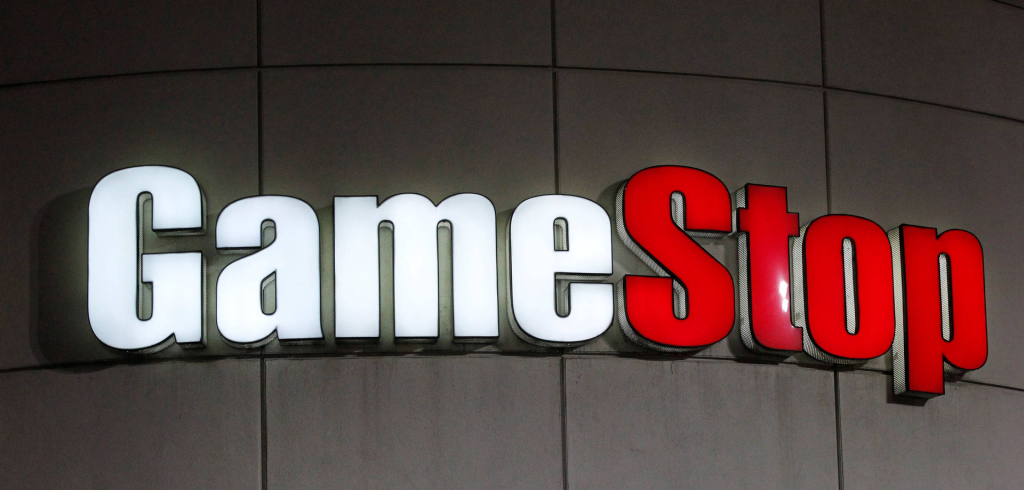(Reuters) – India’s central bank is widely expected to keep rates on hold on Friday but any further liquidity withdrawal measures alone may push market yields higher, causing another increase in effective rates, treasury officials and analysts said.
The average daily call rate has risen to 6.70% between Aug. 14 and Oct. 5, sharply above the 6.49% between June 1 and Aug. 11 and the policy repo rate of 6.5%, which is ideally the anchor for overnight money market rates.
The Reserve Bank of India, in its policy meeting in August, mandated that banks maintain an incremental cash reserve ratio of 10% on some deposits, tightening the rupee’s liquidity. That move has since been eased out in phases since September.
“The I-CRR was an indirect rate hike as the RBI had been looking to keep overnight rates closer to the MSF (marginal standing facility) rate,” said Arun Bansal, executive director and head of treasury at IDBI Bank.
The I-CRR and tax outflows pushed the banking system liquidity deficit to a more-than-four-year-high of nearly 1.5 trillion rupees ($18 billion) in September.
While market participants expect the RBI to maintain its tight leash on liquidity in the coming weeks, they don’t anticipate any drastic measures.
“Any rise in liquidity surplus would be a short-term phenomena and liquidity will drain out due to a rise in currency in circulation, which will pick up pace in the current quarter,” said A Prasanna, head of research at ICICI Securities Primary Dealership.
“Till then, they (RBI) can continue with variable rate reverse repos of different tenors and screen-based OMO sales. Forex flows can be managed via forwards.”
While banks have not been actively participating in VRRRs, the RBI has net sold bonds worth 71 billion rupees in the open market in the four weeks to Sept. 22.
Meanwhile, the tight liquidity conditions have also had an impact on money market rates, with the yields on T-bills sold by the government having gained around 25 basis points in the past four months.
Even companies have borne the brunt of tightening liquidity conditions, with yields on the short-term commercial papers issued by non-banking finance companies having risen 35 basis points since early June.
($1 = 83.2075 Indian rupees)



